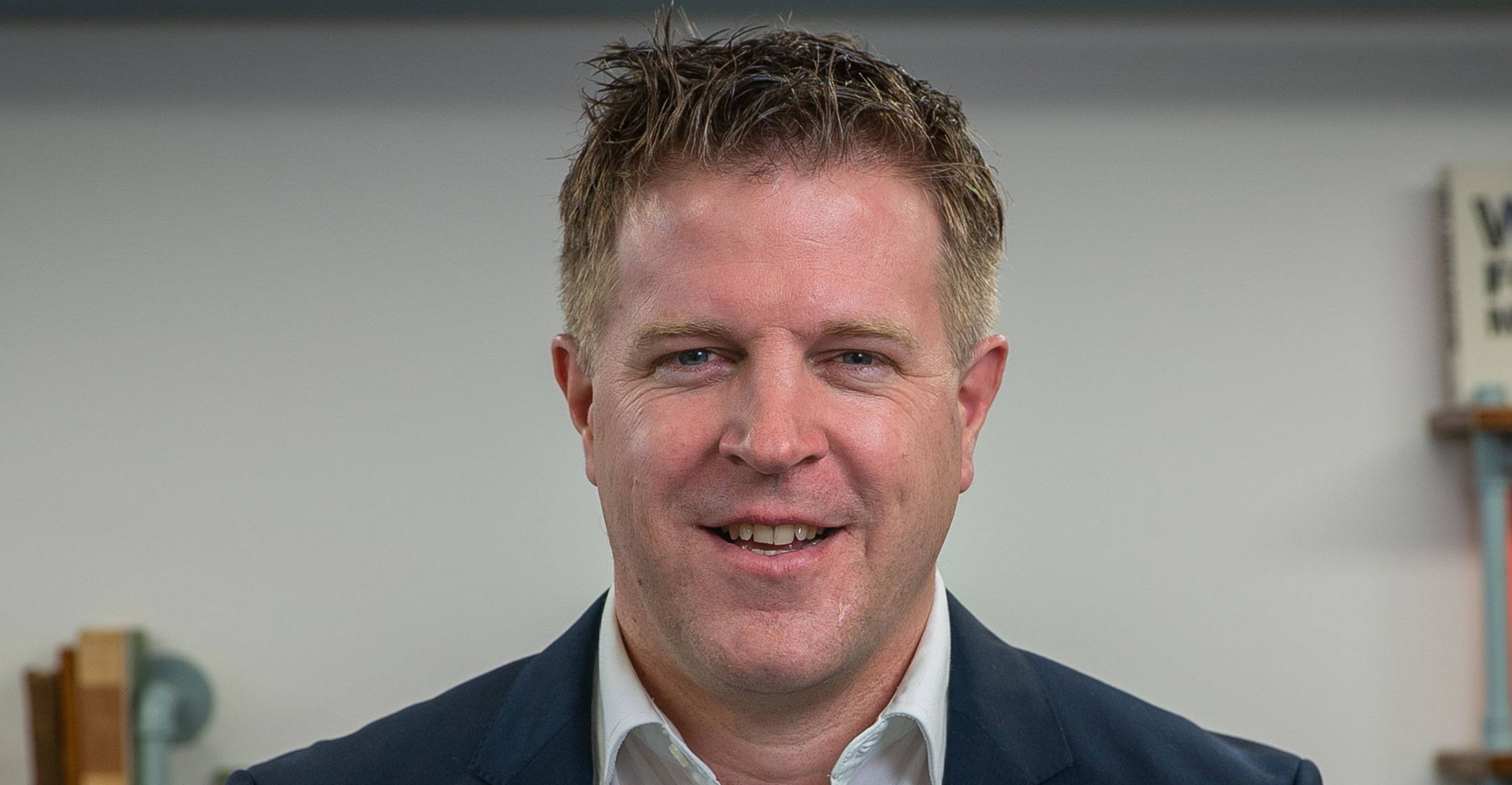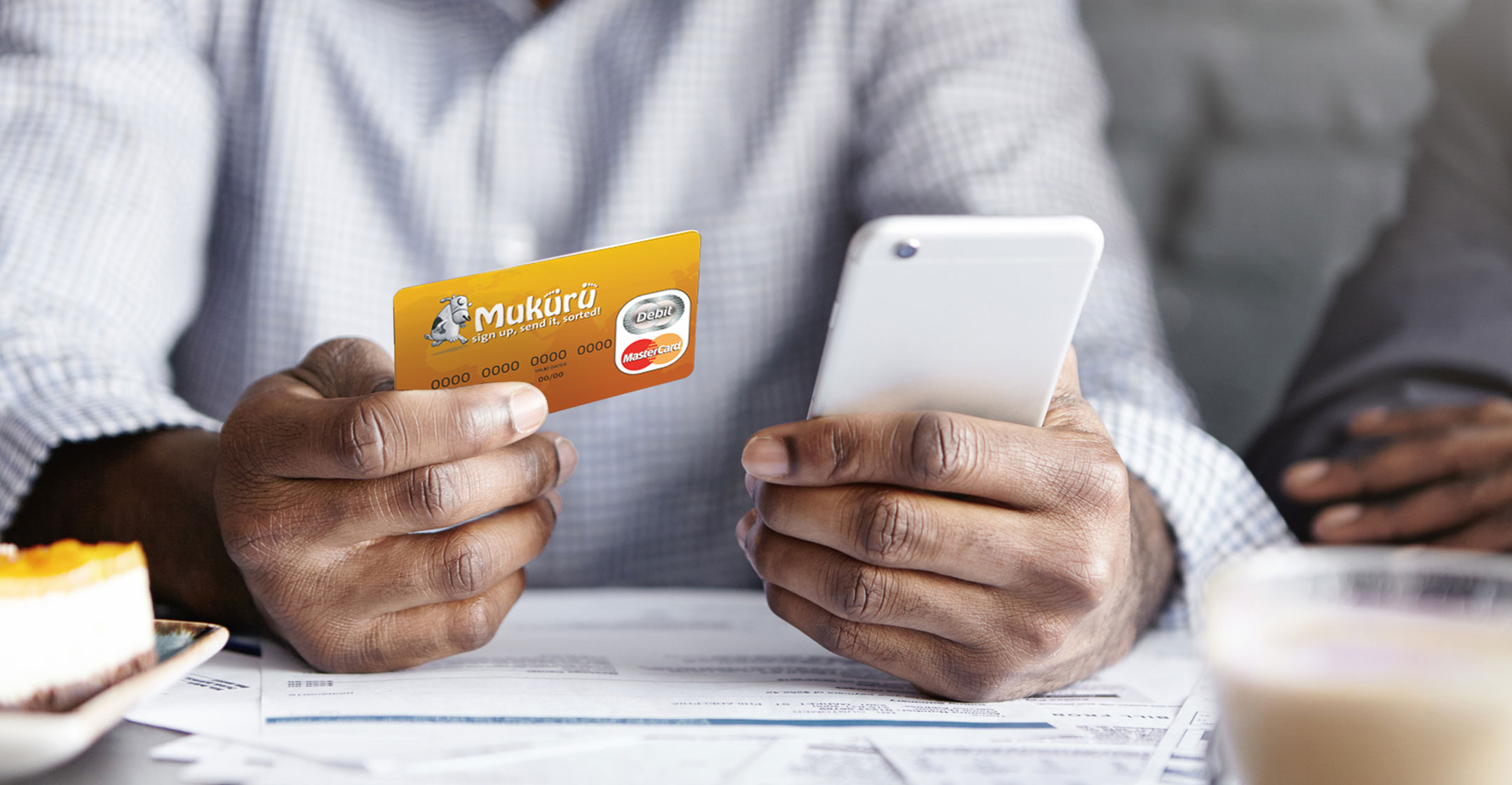
There are varying degrees of denial about the truth that cash won’t be king forever. Of course, many regions around the world are well on the journey to full digitisation, while others, like Africa, are at a different point on this journey. But it’s a journey they’re taking nonetheless.
The concept of digital inclusion is here to stay. We won’t wake up tomorrow and suddenly find that everyone has an e-wallet and is transacting digitally on every platform. However, we are going to continue seeing a shift from informal to formal, from entirely cash-based segments of the economy towards the uptake of various forms of digitisation. There’s an ever greater need to bridge the cash and digital divide and the platforms that will succeed are the ones that will enable people to go on this journey over the bridge between the two paradigms.
At the outset, the biggest challenges to financial inclusion remain access, trust and education. These aren’t standalone themes. Rather, they are interwoven strands of a very powerful rope that can be used to construct the bridge over the digital divide.
All new digital initiatives and start-ups that fail in Africa have missed one or more of those strands — their ropes were simply not strong enough.
- Access: Do people have access to the types of phones and devices that they need to use your service?
- Education: Do your prospective customers appreciate and understand the how and why of an e-wallet and how it fits with the products and services they need?
- Trust: There’s no inherent trust in any segment that has never handled a technology before; they must be shown and be allowed to feel the actual benefits of the solution, and then they’ll trust you to take them on a journey.
Once the three strands are solid, it allows customers to take control of their own destiny and that becomes a self-fulfilling prophecy.
However, it’s important for fintechs to be brave enough to take baby steps. Fintechs need to make small changes and add incremental developments that trigger large changes over time. The ingenuity of the human spirit inevitably means that as people are given a runway, they figure out how to build planes and take off into their own destinies. This may sound wishful, but consider this:
A few short years ago, 70% of Mukuru’s network trade was cash-to-cash, meaning cash was sent and the user went and extracted that cash on the other side – traditional remittance, as it were. Today, that’s been turned around: only 49% of the trade on our platform is cash-to-cash, yet the total number of customers has grown in leaps and bounds. This powerful metric suggests that if a fintech gets all the elements right and makes small and incremental changes that customers trust and feel comfortable using, then the saying “cash is king” is well and truly on its last legs.
 While fintech is continually evolving, there are a few prominent themes that have underpinned its immense growth and success over the past few years, and which will remain important in 2022.
While fintech is continually evolving, there are a few prominent themes that have underpinned its immense growth and success over the past few years, and which will remain important in 2022.
Remittances
Remittances remain the lifeblood for many Africans who have left their homes to work in other regions. They are an important source of income, and even funding. Remittances provide a living, an education and even the means to start up micro enterprises. Fintechs that make remittances easy and convenient, meaning that the service is found where and when they need it, will continue to make strong inroads. Platforms that integrate various digital services which allow the users of the remittance service to build increasingly sophisticated financial habits, will lead the pack.
Dual-sided networks
Dual-sided networks are going to continue gaining prominence. Perhaps the best way to describe a dual-sided network effect in the context of fintech is by way of example. Imagine a fintech remittance platform such as Mukuru having more than 10 million customers, half of whom have used the platform in the past 12 months. Then, imagine the hundreds of thousands of merchants out there who only accept digital forms of payment and who would previously have had no access to these Mukuru customers, who prior to Mukuru would have had no way of transacting with them.
Now, the dual-sided network effect is when a platform such as ours has all these customers that can integrate into all these merchants: we can facilitate payment linkages between them such that the merchants now have millions of customers they’ve never spoken to and all these customers now have access to an array of offerings they were previously excluded from, such as sneakers from Takealot or profiles on Netflix.
This is what we mean by digital and financial inclusion, because previously they may well have had the new smartphone, but they were not part of the digital ecosystem.
Partnerships
Partnerships will become even more important, and we’re certainly seeing more businesses partnering with like-minded companies to either combine a platform that has customers with particular products, or vice versa. Partnerships lean on the respective strengths of each platform or business and provide access to an array of new customers. All partnerships need to be pursued to meet real and pressing needs of customers.
Agility
Agility is a term that is bandied about nowadays, but for a fintech to be successful it needs to be built into the company’s DNA. There are spectacular high-profile failures and start-ups that didn’t gain the traction they expected. In most cases this arises from developing a shiny solution and then waiting for the market to come to you. It is vital to listen to what the customers want and then anticipate how that will drive a shift in customer behaviour so that you can grow into that space and stay relevant. This means development cycles are quicker as companies use more and more sophisticated means of communicating and listening to their customers.
- Andy Jury is group CEO of Mukuru, an Africa and emerging markets-focused money-transfer platform




